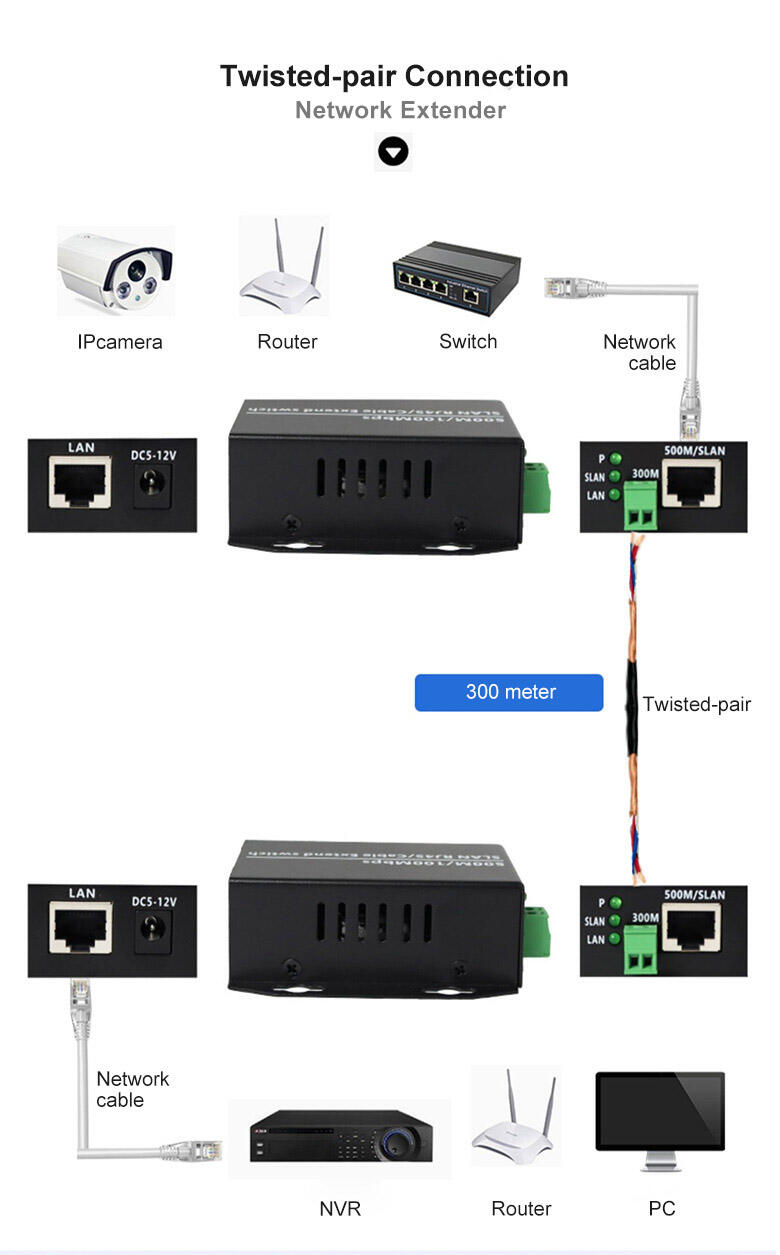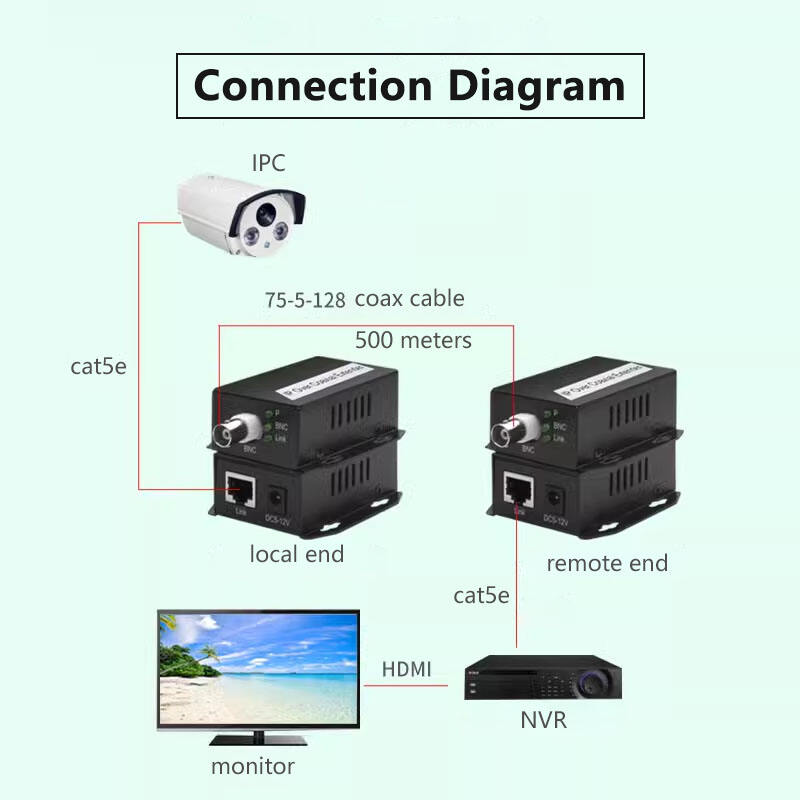Cost - effective Long - Distance Connection
Provides a cost - effective solution for long - distance network connections. Instead of laying new, more expensive cable infrastructure, using an Ethernet extender can make use of existing cables to achieve extended network reach.

